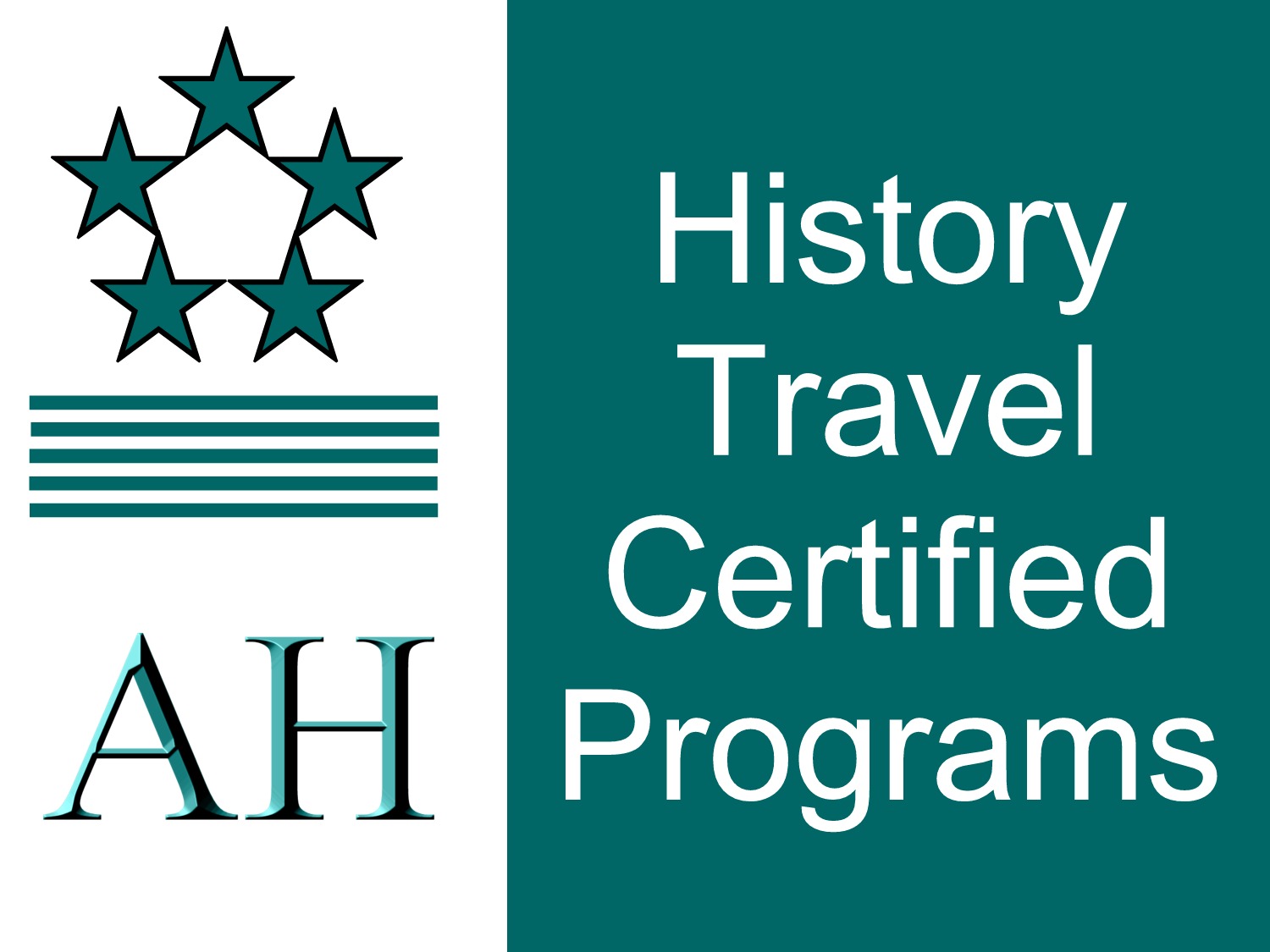
History-Periods
Past eras

From pre-history to today
Choose your period

Periods of History
explore the different eras

The Peterloo Massacre was a tragic incident that occurred on August 16th, 1819, in Manchester, England. It was a peaceful demonstration organized by working-class people who were demanding political reform and an extension of suffrage. The demonstration was attended by around 60,000 to 80,000 people, who gathered at St. Peter's Field in Manchester to listen to speeches by various radical leaders.
The crowd was peaceful and unarmed, but the local magistrates, who were afraid of a riot, had ordered the military to be present. The Yeomanry, a local volunteer cavalry, was dispatched to disperse the crowd. However, their approach was clumsy and provoked anger and violence from the crowd.
At this point, the local magistrates ordered the regular military to move in. The 15th Hussars and the Manchester and Salford Yeomanry, along with the Cheshire Yeomanry, moved into the crowd with sabres drawn, cutting down and trampling the unarmed protesters. The soldiers were initially met with missiles and stones from the crowd, but they responded with a brutal show of force, killing at least 18 people and injuring over 700, many of whom were women and children.
The Peterloo Massacre sparked outrage across the country, and it was widely seen as an attack on the working-class people of Manchester who were demanding political reform. The event led to increased public pressure for reform, and it helped to pave the way for future reforms such as the Great Reform Act of 1832.
The term "Peterloo" is a reference to the Battle of Waterloo, which had occurred just four years earlier. The event was so named because it was seen as a similarly brutal and unnecessary use of force against unarmed civilians.
The Peterloo Massacre was not an isolated event but rather part of a broader movement for political reform and suffrage that had been gaining momentum in Britain since the late 18th century. The working-class people who gathered at St. Peter's Field on that fateful day were demanding an extension of the right to vote and an end to corrupt practices that favored the landed gentry and the wealthy elite.
The organizers of the demonstration had planned it to be peaceful, and they had invited various radical leaders to speak on the issues of the day. These leaders included Henry Hunt, a well-known political reformer, who was one of the main speakers at the event. However, the local authorities viewed the gathering with suspicion and fear, and they saw it as a potential threat to law and order.
The government's response to the Peterloo Massacre was mixed. Some politicians, including Prime Minister Lord Liverpool, defended the actions of the military, while others, including the poet Percy Bysshe Shelley, condemned the use of force against unarmed civilians. Shelley wrote a poem titled "The Masque of Anarchy" in response to the massacre, which became one of the most celebrated works of political protest poetry in the English language.
In the aftermath of the Peterloo Massacre, the government introduced a series of repressive measures aimed at curbing dissent and suppressing political activism. These measures included the notorious Six Acts, which restricted freedom of assembly, freedom of the press, and the right to bear arms.
However, the legacy of Peterloo was not all negative. The event helped to galvanize public support for political reform and led to the establishment of organizations such as the Manchester Guardian newspaper, which played a key role in promoting liberal values and championing the rights of ordinary people.
Today, the Peterloo Massacre is remembered as a key moment in British history, and there are ongoing efforts to commemorate the event and ensure that its lessons are not forgotten. In 2019, the 200th anniversary of the massacre, a range of events and exhibitions were held across Manchester and beyond to mark the occasion and reflect on its significance for contemporary politics and society.
there were many other working-class protests and incidents during this period of English history. The early 19th century was a time of significant social and economic change in Britain, as the Industrial Revolution brought about new forms of labor and production, leading to the growth of cities and the emergence of a new urban working class.
Many of these working-class people were living in terrible conditions, with low wages, long working hours, and few rights or protections. They began to organize themselves into trade unions and political groups to fight for better conditions and political reform.
One of the most significant working-class protests before the Peterloo Massacre was the Spa Fields Riot in 1816. This was a demonstration organized by the radical preacher, Henry "Orator" Hunt, who had also been involved in the Peterloo Massacre. The protest attracted around 10,000 people, who marched to Spa Fields in London to demand political reform and an end to the economic hardship caused by the Napoleonic Wars. The demonstration turned violent, and the authorities responded with force, resulting in several deaths and many injuries.
Other notable working-class protests and incidents during this period include the Cato Street Conspiracy of 1820, in which a group of radicals planned to assassinate members of the government, and the Tolpuddle Martyrs of 1834, a group of six agricultural laborers who were arrested and transported to Australia for forming a trade union.
These events and many others helped to fuel the growing movement for political reform and social justice that culminated in the Chartists movement of the 1830s and 1840s. The Chartists were a political group that demanded universal suffrage, the secret ballot, and other democratic reforms. Although the Chartists were not successful in achieving all of their aims, they helped to establish the foundation for the gradual expansion of political rights and social justice in Britain.
If you have a suggestion regarding additional topics you would like to see included - please let us know
Reference: Article by Greg Scott (Staff Historian), 2024
